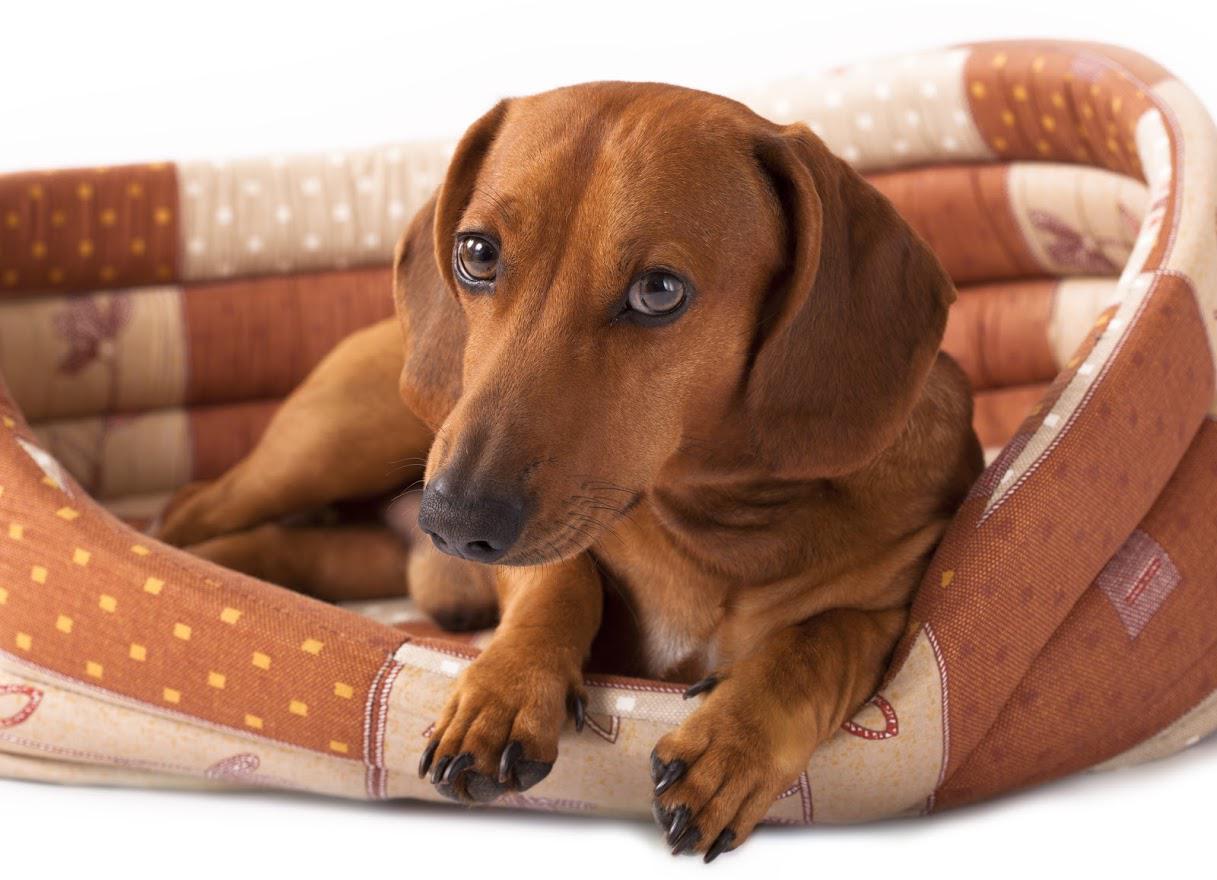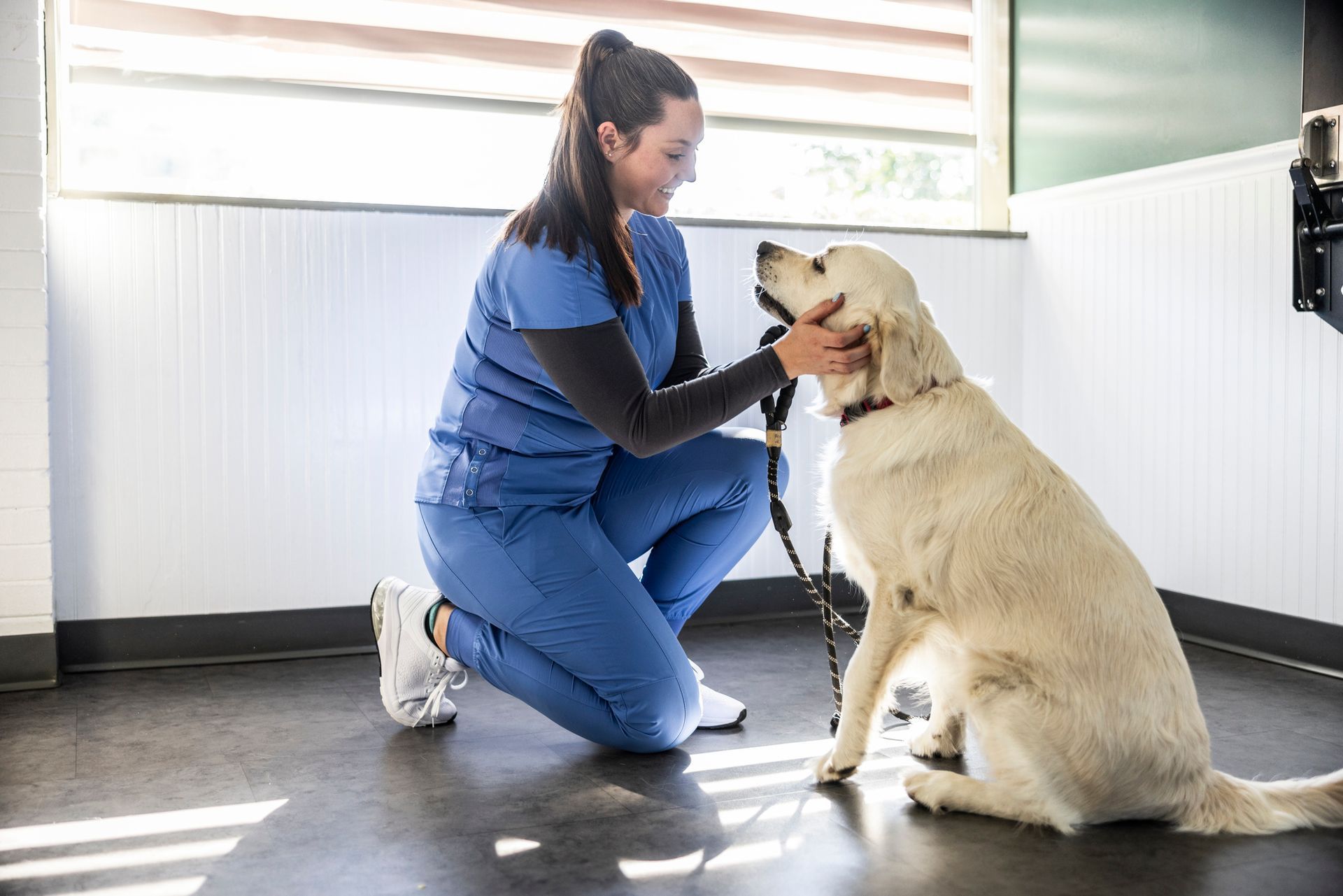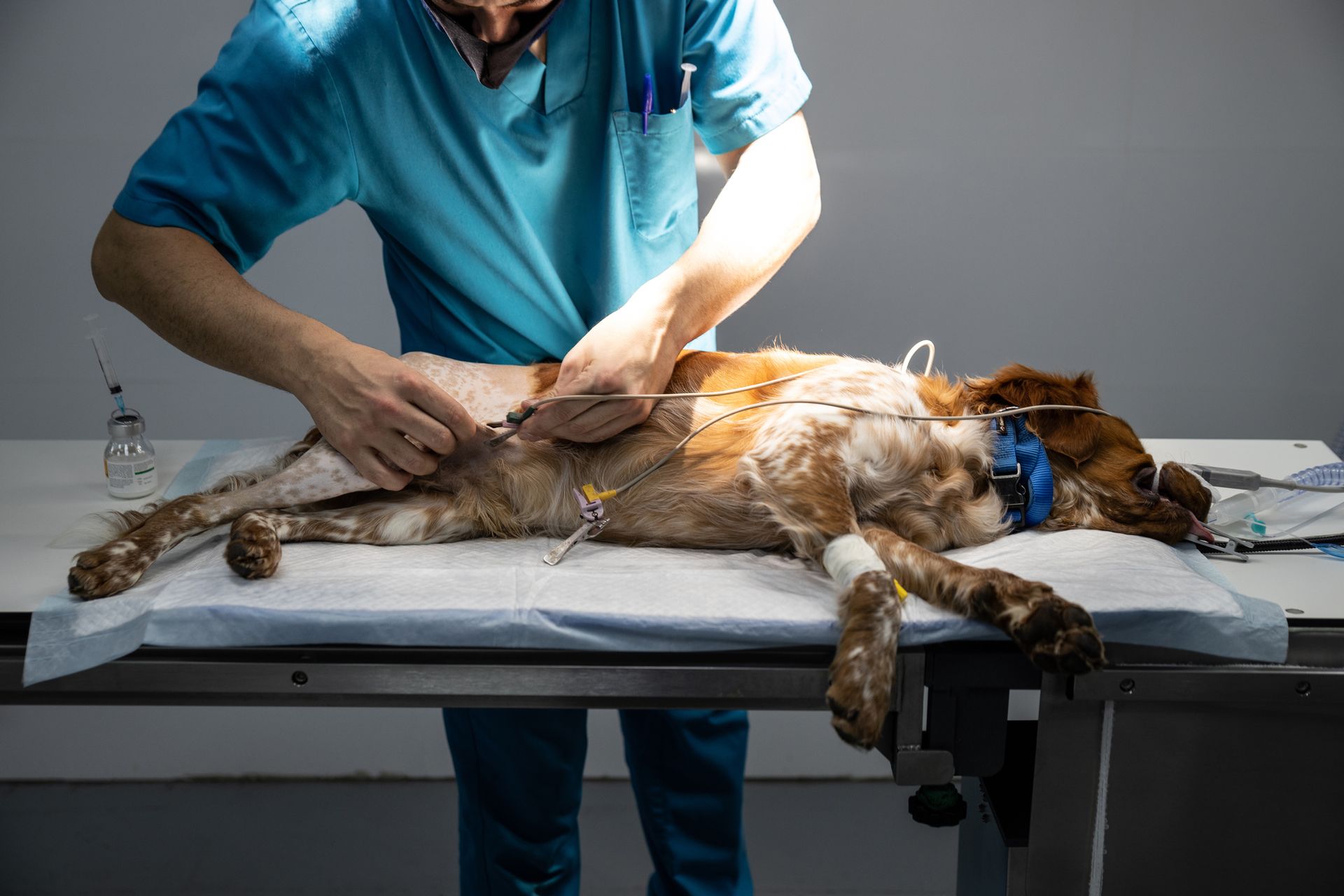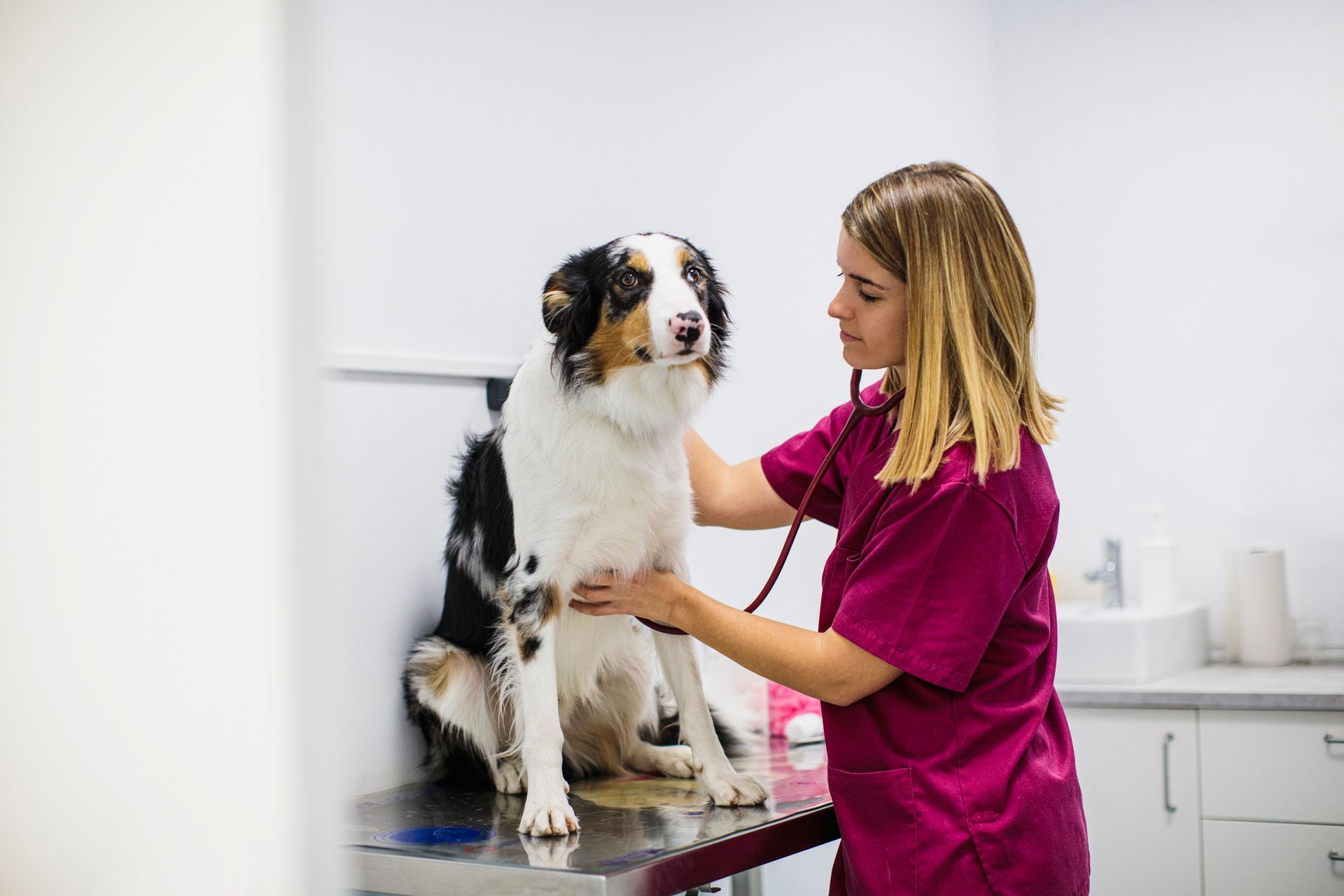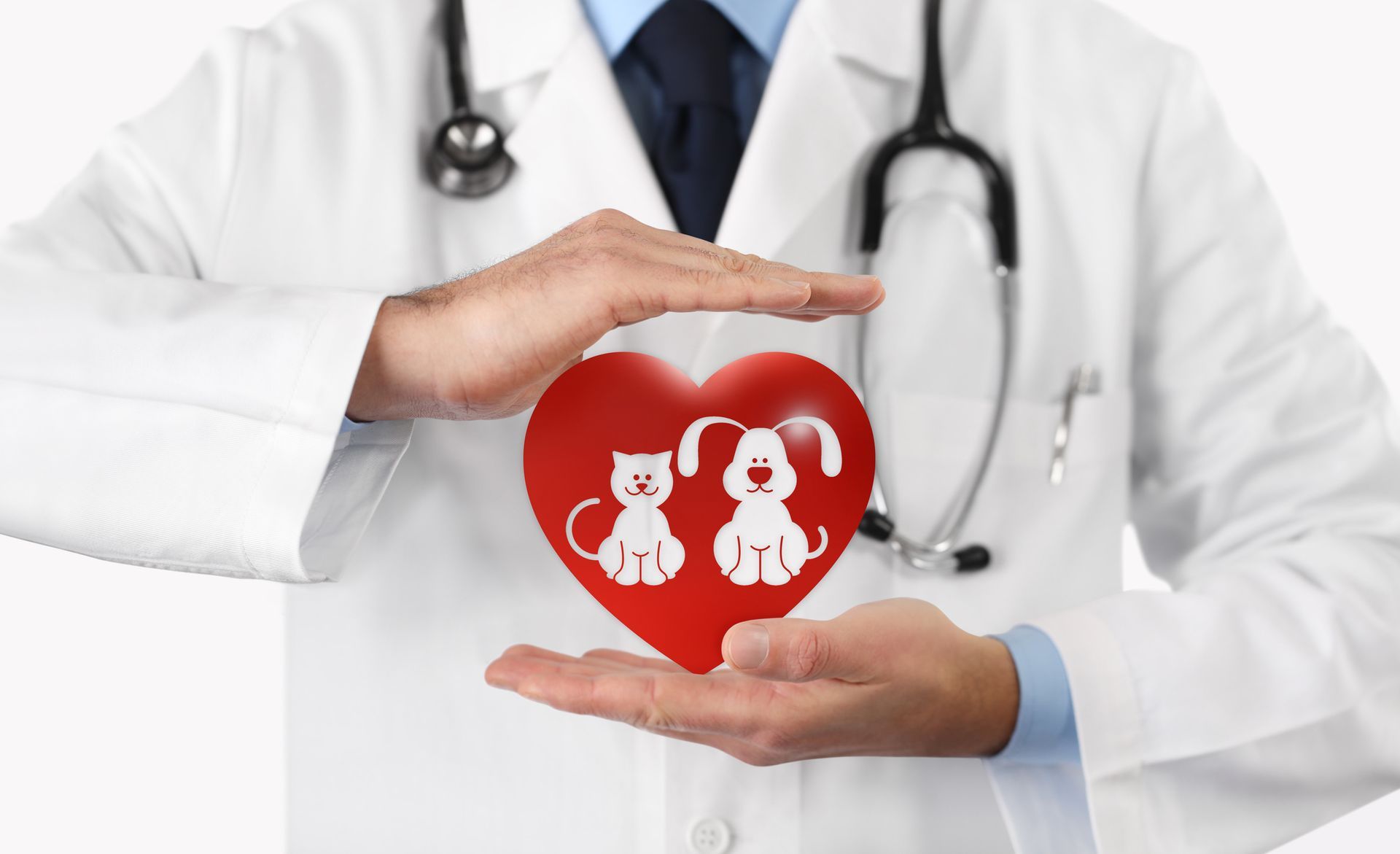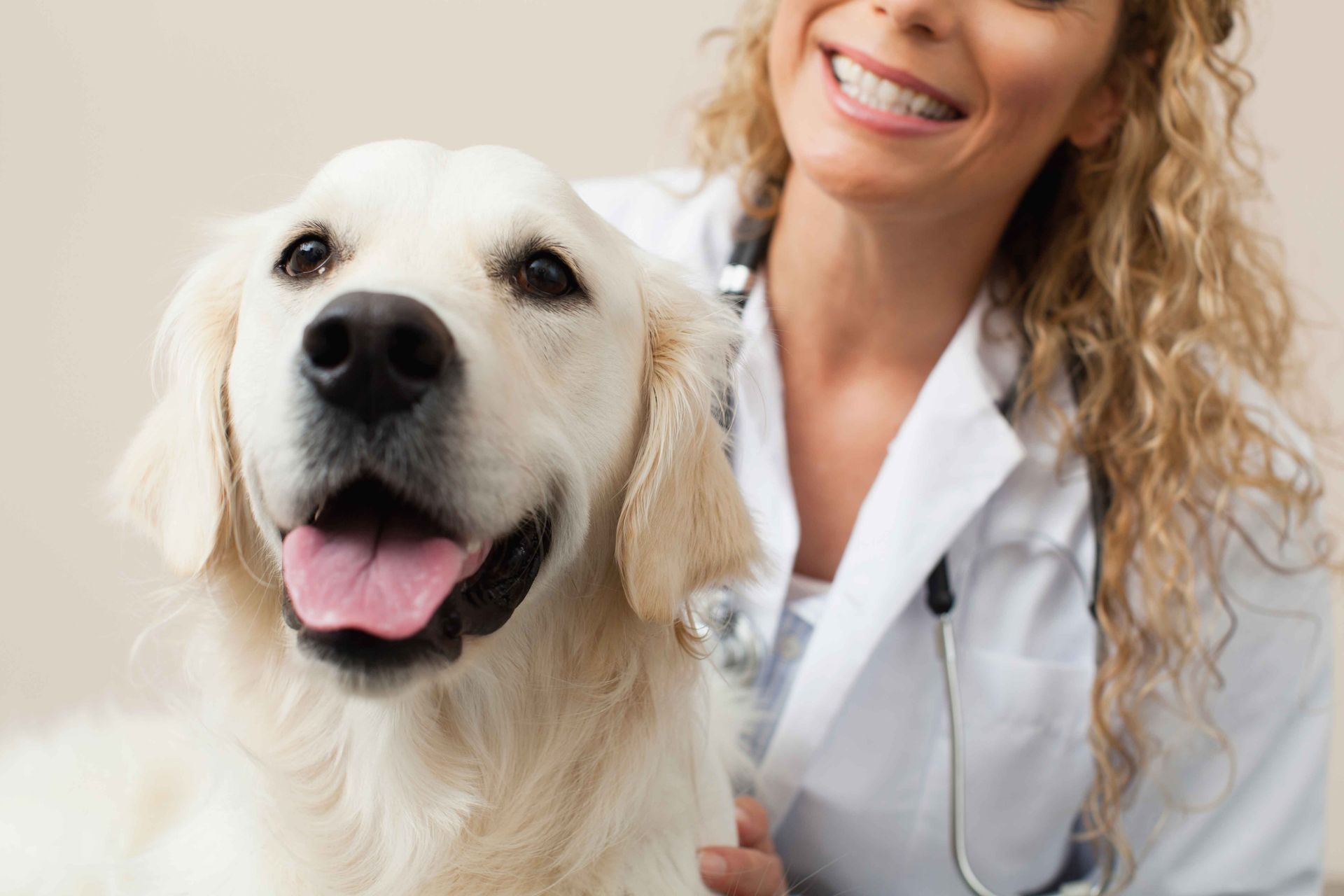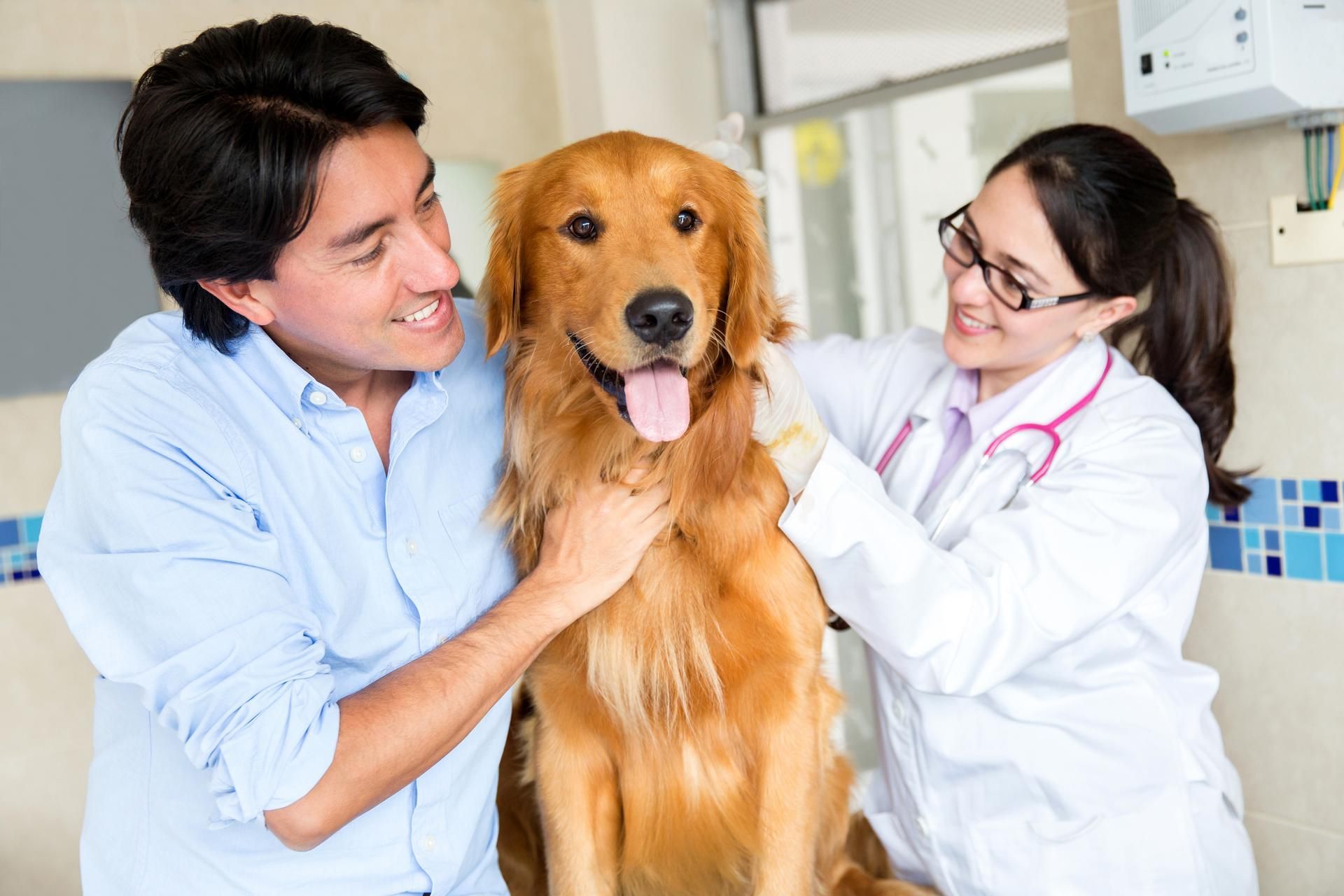6 Signs of a Dachshund Back Injury
Dachshunds are known for their unique look due to the animal's long spine. Unfortunately, the elongated spine makes dachshunds more vulnerable to back issues. One of the more common problems is known as intervertebral disc disease or IVDD. When back issues worsen, you want to see a vet as soon as possible so you do not risk paralysis in your dog.
Look for these six signs of possible back problems.
1. Expressing Pain
One of the more obvious signs you will notice in your dog is audible expressions of pain. If your dog whines or yelps when they walk, you should bring them to the vet right away. Also, if you pick your dog up and they yelp in pain, this could be a sign of IVDD because a lot of pressure is put on the spine.
When you go to transport a dachshund to the vet, handle their body very carefully and make sure to support both sides with two arms. You do not want to leave their back dangling. If possible, bring two people with you so a passenger can support the dachshund's back while you drive. Sharp turns or sudden stops could cause pain.
Call the vet ahead of time to see if pain medications are approved. You may help relieve some of the pain until you can make it to the vet's office.
2. Change in Habits
You know your dachshund better than anyone else, so you should pick up on a change in their daily habits. If your pet is reluctant to go on stairs or go outside, spinal problems could be the source of the issue.
Pay attention to your dog’s behavior. If you notice subtle changes early on, then you can make a vet appointment sooner and have ailments treated before the problem worsens. Do not just assume the dog is having an off day. In the case of IVDD, one sudden move could result in paralysis.
3. Dachshund Stance
One of the main symptoms of IVDD is the posture of a dachshund. Most dachshunds will stand up tall with their head held high, but if they are having back problems, you might notice their head is lowered and their back is arched.
In this position, the animal will not look up and may even avoid moving their head lower to eat. The position is similar to the way a cat arches its back. Dachshunds will go into the position to relieve the pressure on their spine and feel less pain. The underlying cause for a position like this will not just heal on its own. You should seek out medical treatment immediately so the pain and condition do not worsen.
4. Daily Diets
When your dachshund gets IVDD, you may notice changes in their daily diet. The dog may eat less and drink less than they usually do. Try to pay attention to portion sizes. If your dog typically seeks out the food you're eating, then watch to see if they still want those items or if their appetite has changed.
In some cases, diet changes may come before other visible back issues. You can bring up the changes with a vet and figure out the best method for treatment.
5. Bladder Control
If your dog is not eating normally, then the animal may have changes in bowel movements as well. One of the signs of IVDD is a loss of bladder control. You may notice your dog peeing in areas the dog usually doesn't or leaking out pee while just laying there.
Bladder control issues should not be ignored, because major bladder issues could cause more problems, including kidney issues. You should seek emergency vet treatment if your dog has developed a recent pattern of bladder issues.
6. Aggressive Reactions
When a dachshund is in pain, their defense mechanism may kick in. If someone tries to pet or handle the dog, the dachshund may bite, snap, or growl at the person. In some cases, their main owner may even become the focus of their aggression. This is nothing to take personally, as the dog is in pain and simply defending themselves.
Even if you already have an aggressive or protective dachshund, you may notice changes in the amount of aggression they display and at what point your dog reacts in an angry or violent way. If possible, keep your dog calm and relaxed, as this will prevent the back from tensing up and causing more damage. You may also want to muzzle your dog to prevent bites when you take them to see the vet.
Just one of these problems is enough to see a vet, but if your dog is showcasing more than one of these signs, contact us at South Seattle Veterinary Hospital. We will help treat your dog and provide pain relief along with spine treatment.


